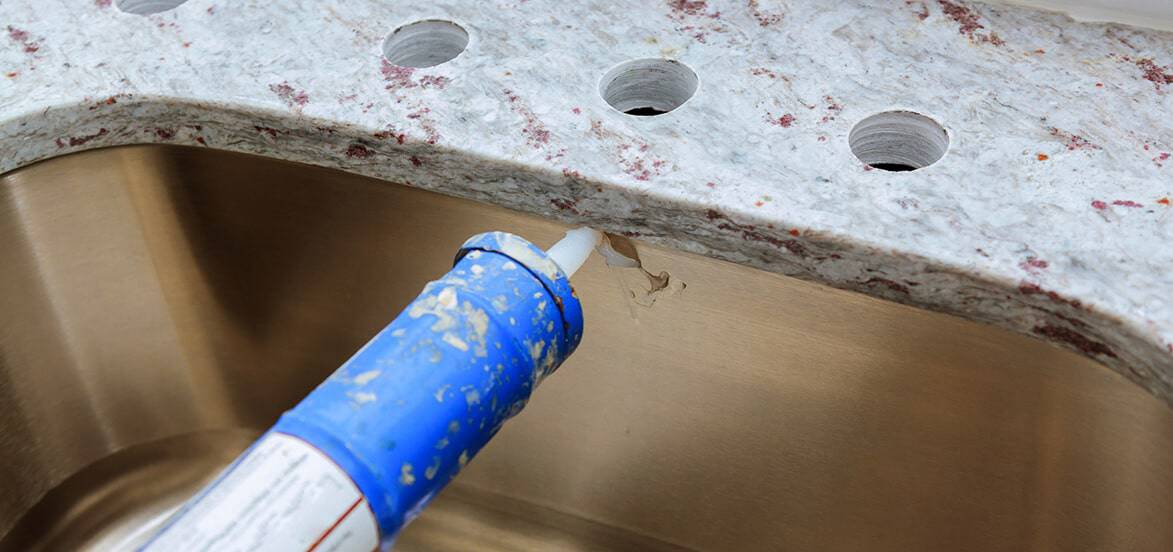What Can Be Done to Prevent Mold Growth in the Kitchen?
Mold loves to colonize damp, dark areas of your home, and while the bathroom and laundry room are prime targets, your kitchen is also fair game. That is, assuming they can locate a source of moisture. It doesn’t help that mold loves damp, dark places, and the kitchen is full of food and water.
Mold spores and mycotoxins can cause respiratory irritation if allowed to grow in a kitchen. Most notably, individuals with asthma, allergies, or other illnesses can be susceptible to persistent respiratory system inflammation. There’s also the genuine danger of getting sick if you eat food contaminated with mold. The best way to prevent mold spread is to get an inspection done by certified plumbers offering mold removal in San Diego, CA.
Knowing what kinds of surfaces are conducive to mold growth is helpful. Mold is commonly seen in damp kitchens, especially on windowsills, cabinetry tops, and walls around the stove and sink. Mold spores need a wet environment to grow, but almost any surface is fair game—exceptionally absorbent materials like cabinetry and window sills in the kitchen. You need services from a San Diego mold remediation company to help you with your problem.
Why Does My Kitchen Have Mold Remediation?
Mildew spores can only grow into a full-fledged colony in the presence of both water and warmth. In that case, the mold can’t become dormant unless the moisture continues to exist. Preventing mold growth in the kitchen requires first identifying the conditions that foster mold growth. The first step is awareness of potential mold breeding grounds and adopting preventative measures to keep them mold-free.
It begins with doing regular checks of things for Mold Remediation San Diego, CA, like:
- Decorative molding and woodwork
- Windowsills
- Cracks in the wall behind the bathroom sink
- Close to the range hood
- Anywhere else, condensation or water might form in the kitchen.
- Dehumidifying Your Cooking Space
Mold growth in the kitchen requires constant vigilance. The first step is to monitor condensation levels and other forms of persistent moisture on any susceptible surfaces. Mold and mildew thrive in damp, dark places with abundant food and water. A mold spore needs only 24 to 48 hours in optimum conditions to germinate and begin forming a colony.
You can avoid water leaks and other household disasters with regular upkeep and repair of the kitchen and other living spaces. You may also take the help of plumbers offering mold inspection in San Diego, CA. They help you with stuff like:
- Finding and fixing water leaks in pipes
- Taking care of dripping drains
- To clean out your garbage disposal, run it and let the water run for a while.
- Cleaning the backsplash and any other potential water collection areas.
- Think about the bones of your kitchen as well. Ensure there are no air leaks or holes in the ducting from your oven hood to the exterior. Rainwater can enter your kitchen through the ducting through even the most minor cracks or gaps.
Consider the home’s curb appeal as well. Small amounts of rain can enter the kitchen through the window if there is a loose shingle, an unrepaired roof leak, or blocked gutters. Water penetrates the roof, moving up stringers and beams until it reaches the kitchen.
Extra Measures to Take Against Kitchen Mold
Reducing the likelihood of mold growth in your kitchen can be accomplished in part by repairing any damaged areas and implementing a moisture reduction strategy. While this is an effective method, it is not the only one for preventing mold growth. There are several things to consider.
Fast Food Waste Disposal
To establish and maintain a colony, mold requires food and water. Mold thrives on a nutrient-poor substrate, such as that provided by expired foods or items like stale bread or aged cheese. Reducing the nutrient medium that mold requires to colonize can be achieved in large part by discarding food as it nears its expiration date and disposing of leftovers within a day or two.
Get the fridge cleaned up
It would be best if you were as proactive about keeping your fridge clean and sanitary as you are about getting rid of old food and forgotten leftovers. It involves clearing expired foods, regularly wiping out shelves, and mopping up spills.
Also Read: How to Remove Mold from Walls?
When necessary, defrost your freezer
Small quantities of accumulated frost inside your freezer or refrigerator’s door can begin to melt. Little puddles of water can eventually make their way to the warmer areas under and behind the fridge/freezer. For mold spores to flourish and spread, they need a constant supply of moisture, which you can provide in this way.
Be sure to always use the range hood
A range hood is convenient for venting the steam created when cooking. Your best option is probably an outdoor-vented hood fan. Then make sure you constantly utilize it when you’re in the kitchen.
Keep Your Trash Compactor Running and Flushed Daily
You should always run your garbage disposal at least once daily if it is attached to your sink. Doing so will remove all potential sources of nourishment for mold spores. Be sure to pour hot water and dish soap down the drain for at least three to five minutes to clear it out.
Two or three caps of bleach poured down the garbage disposal drain can help eliminate unpleasant odors. Run cold water to speed up the bleach’s progress without unintentionally producing chlorine steam.
Kitchen Mold: What to Do If You Discover It
A small area of mold or mildew can be something you can handle by yourself. Interestingly, bleach is not the best option for this type of cleaning. Because of its high volatility, bleach is ineffective against the mold’s minuscule spores, mainly if the mold is on the wood or window casing. In this case, a cleaning product with a vital disinfection component, such as hydrogen peroxide, should be used.
You should call the pros for cleanup if you detect a large mold colony in your kitchen. Retail cleaning supplies and appliances often aren’t strong enough to eradicate mold entirely from its microscopic origins. Hiring a professional Mold Removal Service CA gives you peace of mind knowing that you will utilize only industrial-strength cleaning materials and tools.
Afterward, we will be happy to supply you with any records you require regarding the items and methods used for cleaning. If you ever decide to sell your property and are worried about potential lawsuits, this information will be helpful. You may eliminate the mold and mildew in your kitchen for good with our assistance, and we can also advise you on how to improve your mold remediation technique.


